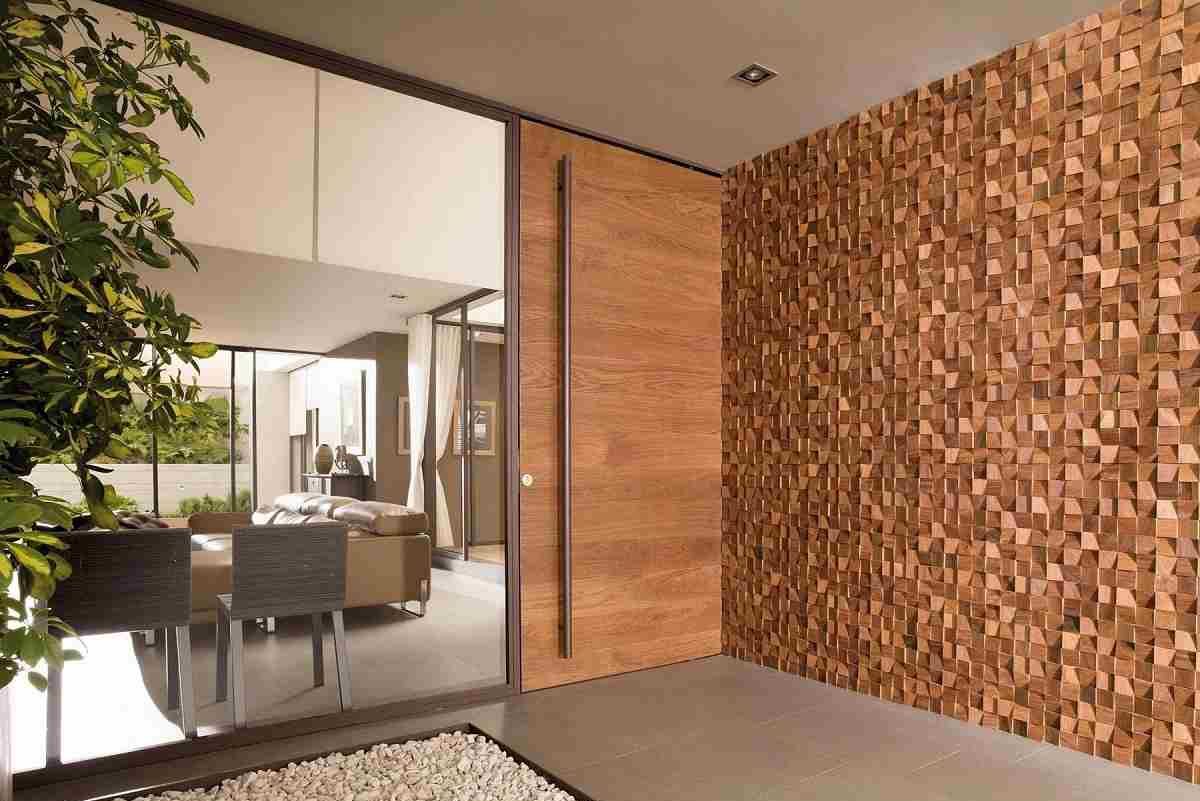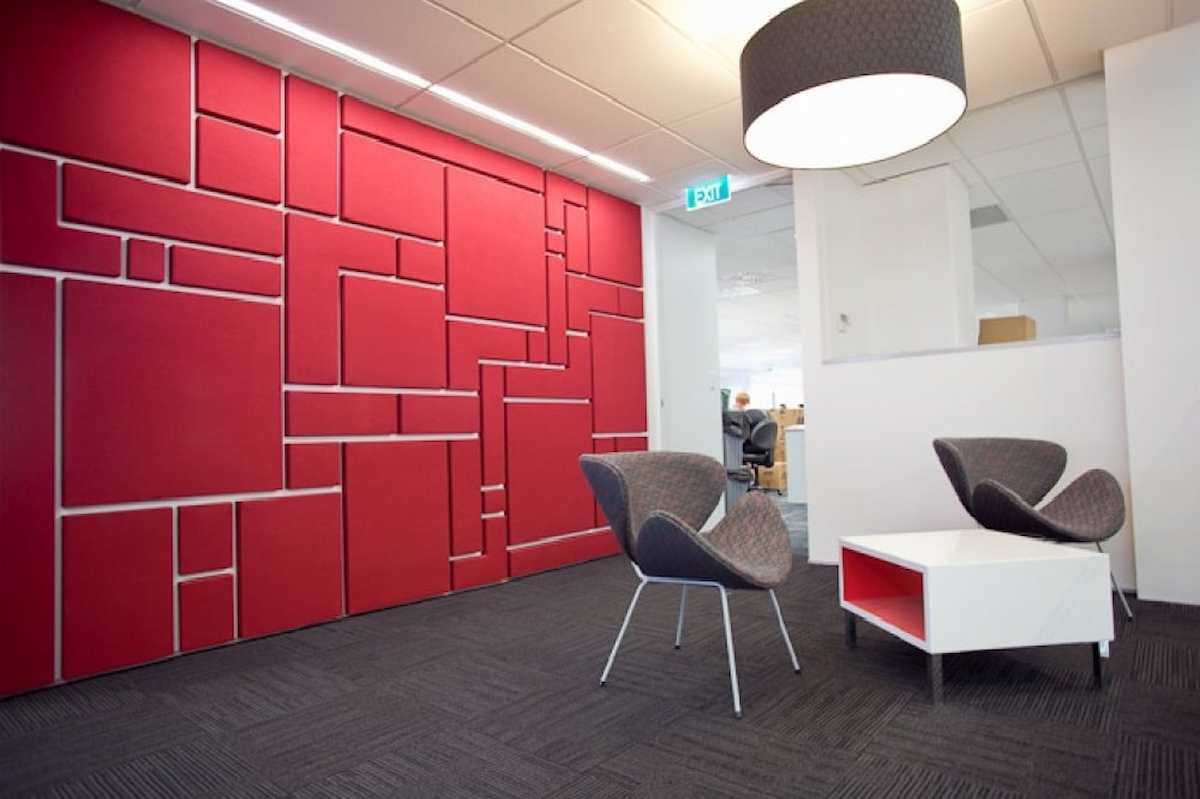It is possible to make a simple house seem like a castle. By decorative tiles for wall and floor out and indoor, the owner can change the whole face of a building.
Ceramic tiles have been produced ever since ancient times, and they have been used to decorate the floors, walls, and even the ceilings of important buildings, such as temples and pyramids.
Tiles can be used single as accents or in grids to form larger motifs, scenes, and patterns. Both of these applications are possible. Sometimes they are made of earthenware and painted, while other times they are made of stoneware or porcelain that has been glazed and fired. Sometimes they are made of earthenware and painted.
In the region that is now Iran, ancient Persian architecture frequently made use of relief tiles in the shape of rectangular bricks. On the other hand, in Turkey during the 16th century, geometric and brightly colored tiles became an emblem of the Ottoman Empire.
At the same time, skilled artisans from Italy to Portugal decorated the interiors and exteriors of palaces and churches with shimmering ceramic tiles that resembled tapestries or depicted flora and animals. These tiles were used both inside and outside of these buildings.
Everything that ceramicists produced using art pottery included the use of tiles in some capacity. In addition, the Dutch manufactured square Delft tiles, which, because to their uncomplicated blue-on-white designs, provided any wall or surface an appearance that was spotless and revitalizing. Dishes, vases, and figures made of Delft were also produced by the Dutch.

On the other hand, Italians produced busy tiles that captivated the attention by leveraging the lush and richness of majolica. These tiles were produced in large quantities. Other tiles were made in a fashion that was similar to plaques, and tiles produced by Wedgwood Jasperware and Grueby Faience Company were regularly framed and shown as pieces of art.
The manufacturing of ceramic tiles had unprecedented levels of success throughout the 19th century as a direct result of the revival, beginning in the 1840s, of the ancient technique of making encaustic tiles. Encaustic tiles, in contrast to tiles whose surfaces had been painted and fired, utilized clay bodies of varied colors to create designs and patterns, as opposed to tiles whose surfaces had been painted.
Architects who were looking for ornamental treatments for flooring favored encaustic tiles because the designs on these tiles extended an eighth of an inch or more into the clay body itself, as opposed to simply sitting on the surface, where they could be easily worn away.
Dust-pressing, also known as the dust process, was a mechanical breakthrough that emerged during the Victorian era and was responsible for making the laborious and pricey encaustic technique more accessible. Herbert Minton, whose father had established the Staffordshire pottery of the same name, was one of the first producers to realize the potential of this new style of manufacture.
He was one of the first producers to see the potential of this new form of manufacturing. Minton was able to propel his company to the forefront of the encaustic tile flooring manufacturing industry quite quickly.

In the year 1856, encaustic floor tiles were supplied by Minton, Hollins and Company to the United States Capitol. Minton is currently a part of Royal Doulton, although back then it was known by its previous name. Despite the tremendous foot traffic that the original tiles were subjected to, they managed to last for more than a century before being replaced in the 1970s.
After the end of the Civil War, American entrepreneurs started their own production enterprises for encaustic tiles.
One of the first companies to produce encaustic tiles was the American Encaustic Tiling Company, which was founded in 1875 in Zanesville, Ohio.
American Encaustic, a company based in Zanesville, Ohio, was in charge of producing the flooring for the Muskinghum County Courthouse in 1877. Gilbert Elliott, an Englishman, was in charge of overseeing the project. In 1880, American Encaustic constructed the floors for the Albany location of the New York State Capitol. This achievement brought the company fame in the eastern part of the country.
In 1889, the owners of American Encaustic made an attempt to relocate the company to New Jersey.
However, citizens of the clay-rich town of Zanesville, Ohio, where Roseville and Weller were born and bred, rallied $40,000 to prevent the relocation from taking place. Despite this, American Encaustic maintained strong ties to the East Coast throughout its history.
For example, American Encaustic was responsible for producing fifty percent of the white rectangular “subway” tiles that were used in the 1920s to line the Holland Tunnel, which connected New York and New Jersey.

In point of fact, the 1920s were a prosperous decade for the business, which during that time employed prominent figures such as Frederick Rhead of Fiestaware. However, American Encaustic was not able to make it through the Great Depression and in 1937 the company was reorganized and renamed Shawnee Pottery.
In the year 1894, two former employees of American Encaustic named Karl Langenbeck and Herman Mueller established the Mosaic Tile Company in Zanesville.
The selection at Mosaic Tile began with clay floor tiles made in Ohio, but it has since expanded significantly since then. Weller designer Ruth Axline and Frederick Rhead’s brother Harry, who moved from Roseville to supervise Mosaic’s faience line, were both employed at one point in time. Harry Rhead was in charge of the faience line.
In 1909, when Mueller finally decided to leave the mosaic business, Trenton, New Jersey was chosen as the location for the establishment of the Mueller Mosaic Tile Company.
In the annals of ceramic tile history, Rookwood and Langenbeck are inextricably interwoven. Even though Maria Longworth Nichols, the founder of Rookwood, had already been affected by Haviland porcelain, it was Langenbeck who introduced her to magnificent ceramics in 1873. This was done despite the fact that Nichols had been exposed to Haviland porcelain.
Rookwood, which was founded in Cincinnati in 1880, worked with creative individuals such as Ferdinand Mersman, who would later work as the lead designer for Cambridge Art Tile Works in Covington, Kentucky.
Rookwood was known for its collaborations with creative individuals. Nichols’ longstanding friend Langenbeck was brought on board by Rookwood in the middle of the 1880s so that the company could improve the uniformity of its production of tiger eye and goldstone glazes.

The oak-framed wall plaques from the early 1900s that were made by Rookwood are some of the tile treasures that are in the highest demand.
Some were vellum-glazed landscapes, while others were miniature copies of works by Dutch artists such as Rembrandt and Hals. Even though Rookwood artisans also fashioned circular and spherical pieces, the normal size of a Rookwood plaque was between four and eight inches wide and between fourteen and sixteen inches in length.
Another early American company that deserves recognition for its contributions to the encaustic industry was the United States Encaustic Tile Company of Indianapolis, which was founded in 1877 and later renamed the United States Encaustic Tile Works in 1886.
The fireplace, wall, and floor tiles produced by the company were particularly well-known (figurative relief mantel tiles were sold in groups of three or six panels).
The environment in Pennsylvania was favorable for the production of tiles. The most well-known piece that was ever produced by Moravian Pottery and Tile was the Bible Fireplace, which was installed in the early 1920s and was one of the company’s tile fireplace surrounds.
The company’s headquarters were located in Doylestown, Pennsylvania.
Stove decorations typically take the form of embossed tiles, which are a specialty of the Beaver Falls Art Tile Company, which is well known for its products in this category. Robertson Art Tile Company was based in Morrisville, whereas Star Encaustic Tile Company was based in Pittsburgh, where it also maintained its corporate headquarters.

Tile innovations did not always originate in lands that were geographically devoid of coasts. 1879 was the year that saw the beginning of tile burning at the Low Art Tile Works in Chelsea, Massachusetts.
The founder of the tile shop, John Gardner Low, used a variety of materials, from real leaves to bits of lace, to create the intricate patterns on his tiles.
In addition to this ostensibly “natural” method, Low painters created low relief portraits, landscapes, and character studies that Low referred to as “plastic sketches.” Arthur Osborne, who signed his work with an “A” inside of an “O,” was responsible for the creation of the vast majority of them.
The west coast, and Southern California in particular, experienced a renaissance of the tile industry between the years 1890 and World War II.
The Los Angeles-based company Gladding McBean created stunning tiles out of thick red clay and utilised it in their production. During the time of the Arts and Crafts movement, Ernest Batchelder produced tiles with a range of designs that could be used either indoors or outdoors.
Some of the tile fountains that he designed are now considered to be historical landmarks. During the 1920s, the Malibu Potteries, Catalina Pottery, Santa Monica Brick Company, and Brayton Laguna Pottery were known for producing tiles that featured vivid colors and intricate patterns that were influenced by the Mediterranean.
The palette of the tilemakers in northern California was no less limited, as indicated by the turquoise tiles made by Berkeley’s California Faience and the rich blues and greens created by Richmond’s California Art Tile Company.
Both companies were located in Richmond. In the 1950s and 1960s, courtesy to Edith Heath of Sausalito’s Heath Ceramics, elegant rectangular tiles began taking on the appearance of a Mid-century Modern aesthetic. These tiles were utilized in a wide variety of settings, from kitchens to swimming pools.
In order to benefit from an up-to-date list of stylish tiles with diverse colors and patterns, do not hesitate to press the con box. We will be glad to work with wholesalers and importers around the world.












Your comment submitted.